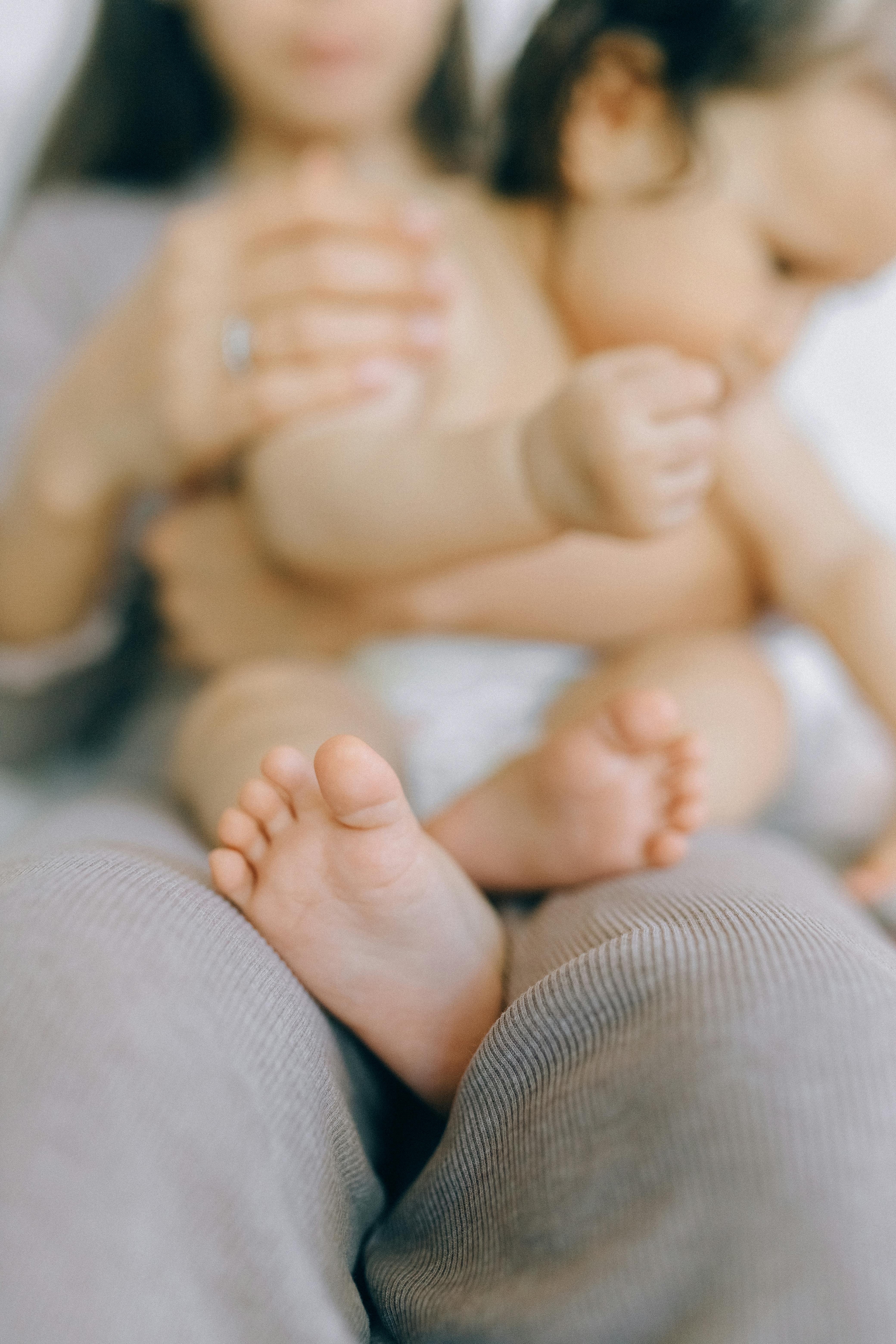Table of Contents
Childproofing Basics
When it comes to ensuring the safety of children in your home, it is essential to start with the basics. This includes installing safety gates at the top and bottom of stairs to prevent falls, securing furniture to the walls to prevent tipping accidents, and covering electrical outlets with safety plugs. Additionally, make sure to keep small objects and choking hazards out of reach of children, and use childproof locks on cabinets and drawers to prevent access to potentially harmful items.
On-Demand Childcare in Your Neighborhood
Book a Sitter
Kitchen Safety
The kitchen can be a dangerous place for young children, with hot surfaces, sharp objects, and household cleaners posing significant risks. To childproof your kitchen, make sure to install stove knob covers to prevent children from turning on burners, and use safety locks on drawers and cabinets containing knives, chemicals, and other hazardous items. Keep all sharp objects out of reach of children, and never leave hot beverages or food unattended on countertops or tables.
Bathroom Safety
The bathroom is another area of the house where accidents can easily happen, particularly with young children. To childproof your bathroom, make sure to install toilet seat locks to prevent drowning accidents, and use nonslip mats in the bathtub to prevent slips and falls. Keep all medications and cleaning products out of reach of children, and never leave children unattended in the bathroom, especially during bath time. Additionally, make sure to adjust your water heater to a maximum temperature of 120 degrees Fahrenheit to prevent scalding accidents.

Living Room Safety
The living room is a high-traffic area in most homes, making it essential to childproof effectively. To ensure the safety of children in your living room, secure all heavy furniture to the walls to prevent tipping accidents, and use cordless window coverings to prevent strangulation hazards. Keep all small objects and choking hazards out of reach of children, and use safety gates to block off stairs and other potentially dangerous areas.
Additionally, make sure to cover all sharp edges and corners with corner guards to prevent injuries.
Outdoor Safety
Outdoor areas can pose unique risks to children, including pools, hot tubs, and playground equipment. To childproof your outdoor spaces, make sure to install a fence around your pool or hot tub with a locking gate, and use safety covers to prevent accidental drownings. Check all playground equipment regularly for signs of wear and tear, and make sure to maintain a safe distance between swings, slides, and other structures to prevent collisions. Additionally, make sure to keep all gardening tools, chemicals, and other potentially hazardous items out of reach of children, and supervise them closely when playing outside.
By following these essential tips on childproofing your home, you can create a safe and secure environment for children of all ages. As an employer, it is crucial to prioritize the safety and well-being of your employees’ children while they are in your care, allowing them to focus on their work without worrying about potential hazards. Childproofing your home is a proactive step in preventing accidents and injuries, providing peace of mind for both you and your employees.










